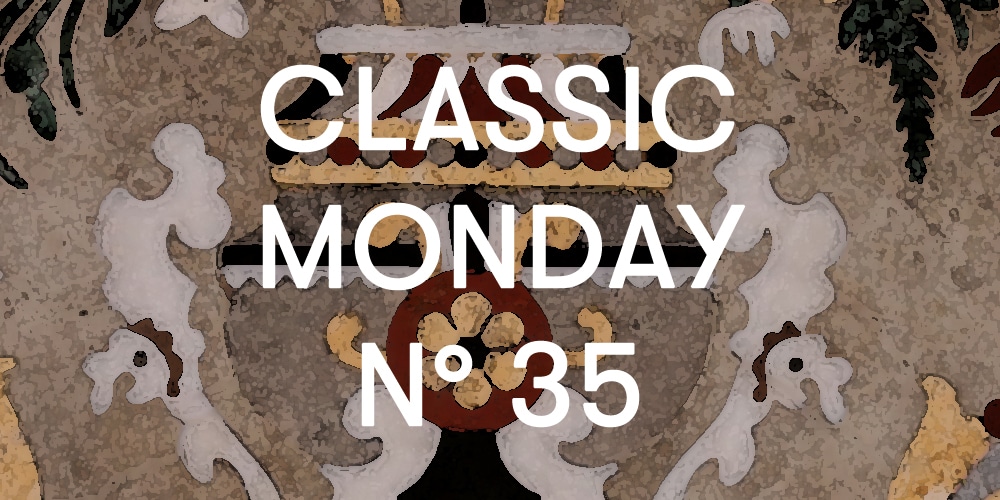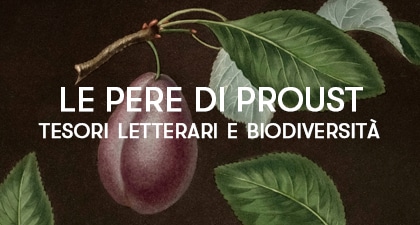
The whole nineteenth century is characterized by the revival and revival of artistic expressions belonging to the past, reworked according to the taste and ideals of the society of the time.
Non è un caso che stili come il Neogotico o il Neorinascimento si sviluppino, spesso in contemporanea, in questo secolo ricco di contraddizioni.
In uno dei nostri appuntamenti passati avevamo già trattato il gusto Neobarocco affermatosi nella seconda metà del secolo.
We find the gilding and the mighty volutes typical of pure Baroque, but with a new declination, often tending to a greater search for naturalism. Natural elements, but in reality expertly worked and reshaped by the artist’s hand, are used to create constructive parts of furnishings and accessories.
Quando questa particolare declinazione si unisce alla ricerca di spettacolarità, si raggiungono risultati scenografici come quello del protagonista del nostro Classic Monday odierno.

A fitting example because, despite moving away from the typical forms of the purest Roman Baroque, it takes up and re-elaborates its most intrinsic thought: the desire to amaze the observer.
It is a coffee table of Neapolitan production, sensational furniture both for the architecture and for the decoration of the top.
The support consists of a structure made using a central trunk that acts as a baluster, assembled together with other smaller branches. Particularly twisted and convoluted elements have been deliberately chosen that give a feeling of dynamism, increased by the gilding that embellishes and reverberates the light in elaborate games.
The use of natural elements is also characterized as a distant echo of the famous Wunderkammer.
Literally “chamber of wonders”, they were cabinets of princes and nobles in which the mirabilia were preserved and exhibited, small natural finds (naturalia) or made by man (artificialia), which were characterized by their exceptionality and curiosity.
A coffee table like ours could have been worthily placed in such a collection.
As we mentioned, a noteworthy element is also the top, made of committed marbles. The artist shows great skill in the realization of the elaborate drawings. In the center is depicted a vase with a bouquet of flowers, above which rests a dove. All around there is a border within which foliaceous volutes and phytomorphic motifs are depicted; A Greek with alternating triangles finishes the perimeter of the plane. Much attention has also been paid to the choice of a heterogeneous range of marble species, with different and varied colors. The polychrome rendering has been taken into high consideration, as can be seen in the precise alternation of the triangular tiles of the perimeter border.













